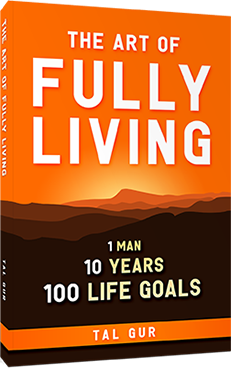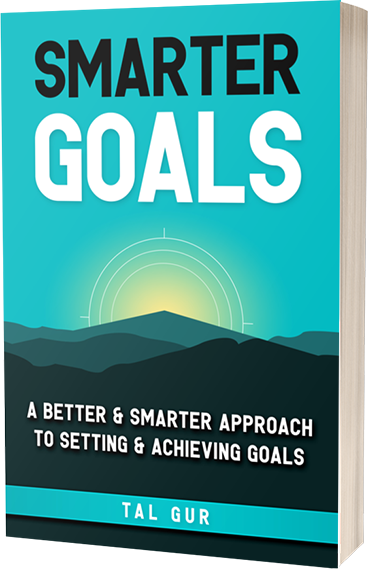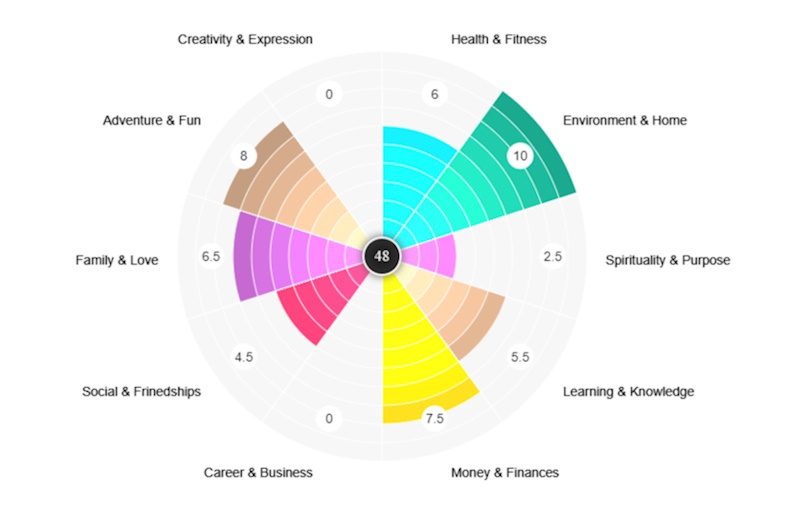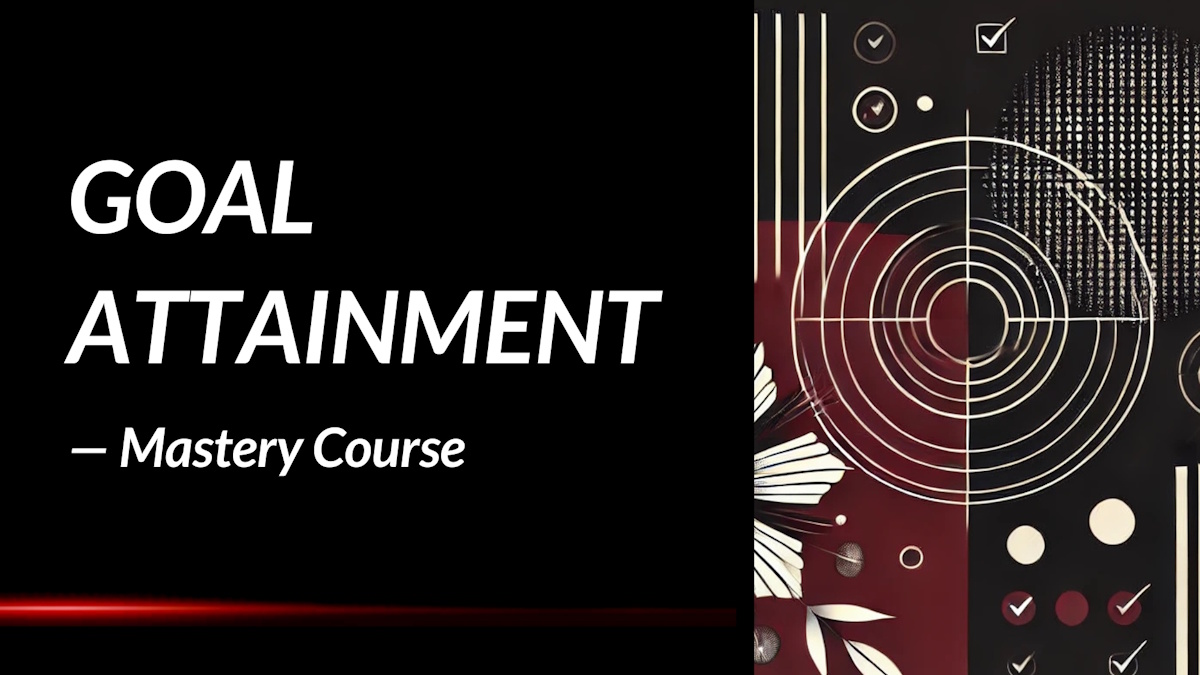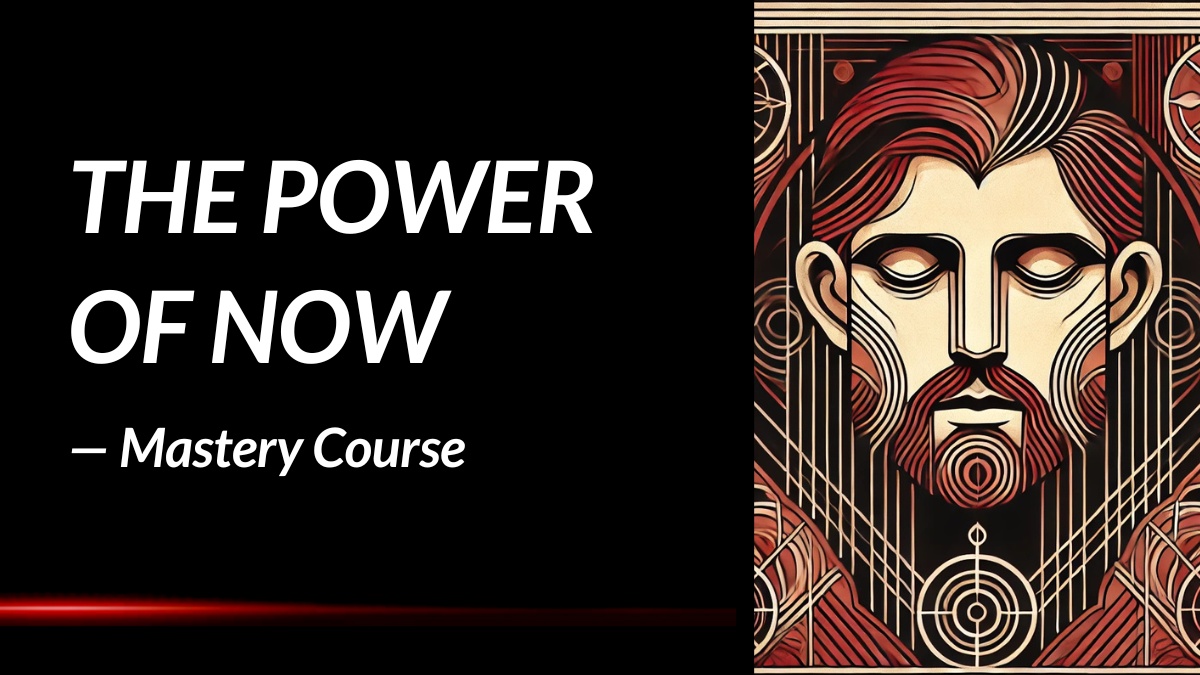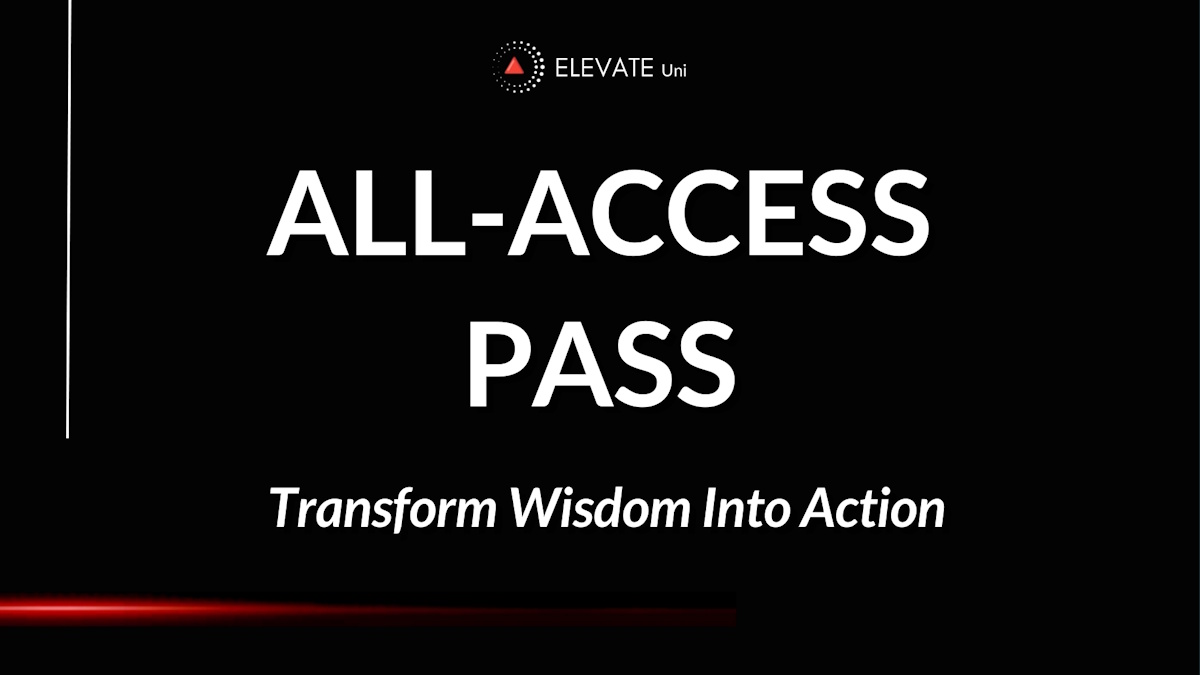How to Make the World Add Up: Summary Review
Have you ever questioned the reliability of the numbers and statistics that shape our understanding of the world? In How to Make the World Add Up, Tim Harford—renowned economist and journalist—guides us through the art of interpreting data critically and thoughtfully.
What is the Book About?
In this insightful work, Harford delves into the realm of statistics, aiming to equip readers with the tools necessary to discern truth from misinformation in a data-saturated world. He introduces ten fundamental principles designed to foster a more nuanced and skeptical approach to interpreting numerical information. These principles serve as a roadmap for navigating the complex landscape of data, encouraging readers to question assumptions and recognize biases that may distort our understanding.
Throughout the book, Harford emphasizes the importance of curiosity and humility when confronted with statistical claims. He illustrates how our preconceived notions and emotional responses can cloud judgment, leading to misinterpretations. By advocating for a balance between healthy skepticism and openness to new information, Harford empowers readers to engage with data in a more informed and constructive manner.
Book Details
Print length: 352 pages
Language: English
Publication date: May 6, 2021
Genre: Non-fiction, Statistics, Data Analysis
Book Author
Core Theme
At its core, How to Make the World Add Up champions the idea that while statistics are powerful tools for understanding reality, they must be approached with critical thinking and awareness of their limitations. Harford articulates that numbers, though seemingly objective, can be manipulated or misunderstood, leading to flawed conclusions. He underscores the necessity of context when evaluating data, warning against the allure of numbers that confirm our biases or tell a convenient story.
The book also explores the psychological aspects of how we interact with statistics. Harford discusses cognitive biases and emotional reactions that can influence our interpretation of data, advocating for a mindful and reflective approach. By acknowledging our own susceptibilities, readers are encouraged to cultivate a more disciplined and discerning mindset when confronted with statistical information.
Main Lessons
A few impactful summary lessons from **How to Make the World Add Up**:
1. Embrace Curiosity to See the Bigger Picture
In a world filled with data and numbers that can be manipulated to fit any narrative, the most essential habit is curiosity. Rather than blindly accepting statistical claims, actively question and investigate them. This curiosity leads to a deeper understanding of the world rather than a passive acceptance of convenient truths. Being curious doesn’t mean rejecting numbers outright but being willing to ask why they exist and what they truly mean. It means peeling back the surface to discover whether the numbers are genuinely indicative of reality or merely crafted to evoke a specific response. By cultivating a curious mindset, one can navigate the sea of information with a discerning eye, avoiding the pitfalls of biased interpretations and misleading data.
2. Recognize Emotional Reactions to Data
Numbers often trigger emotional reactions, but these feelings can cloud judgment. The key is to recognize and understand these reactions rather than letting them dictate beliefs. When faced with alarming statistics or numbers that reinforce biases, pause and examine why they resonate emotionally. Often, emotional responses stem from preexisting beliefs, which can lead to confirmation bias. Instead of allowing these feelings to dictate the interpretation, approach the data analytically. This practice ensures that emotions do not distort the reality presented by the numbers. Being mindful of emotional reactions creates space for a more rational and balanced evaluation of facts.
3. Avoid Premature Conclusions with Numbers
Jumping to conclusions based on numbers alone is a common mistake. It’s vital to scrutinize what is truly being measured and whether the data accurately reflects the situation. Numbers without context can be misleading, leading to hasty assumptions that don’t hold up under closer scrutiny. For instance, a significant percentage may sound alarming, but without understanding the sample size or the method of data collection, the conclusion drawn can be entirely flawed. Taking time to explore the origins and implications of numbers can prevent falling into the trap of premature enumeration.
4. Understand the Story Behind the Numbers
Data doesn’t exist in a vacuum; every statistic has a backstory that shapes its presentation. Before accepting a number as fact, investigate the context in which it was gathered. Was it collected objectively, or was it tailored to support a specific viewpoint? Often, statistics are presented in ways that serve particular agendas, and without knowing the backstory, one might unknowingly adopt a skewed perspective. Delving into the origins of data not only clarifies its validity but also highlights the intentions behind its dissemination.
5. Question the Completeness of Data
Data sets often exclude vital perspectives, which can result in distorted conclusions. Always ask who or what might be missing from the data. For example, survey results that lack diversity in respondents might not accurately represent the broader population. Overlooking this can lead to assumptions that don’t reflect the real-world situation. By being vigilant about potential omissions, one avoids making sweeping generalizations based on incomplete information. Recognizing the limitations of data is as important as understanding the data itself.
6. Challenge the Trustworthiness of Algorithmic Conclusions
Algorithms, while powerful, are not infallible. They can produce misleading results if the data fed into them is biased or incomplete. Always question the algorithms behind statistical conclusions, especially in critical areas like healthcare or justice. Understand how the algorithm was constructed and what variables it prioritized. Blindly trusting algorithmic outputs can lead to erroneous decisions with far-reaching consequences. By demanding transparency and rigor in algorithmic processes, one safeguards against digital misinformation.
7. Resist the Illusion of Statistical Certainty
Numbers can seem definitive, but statistics are often far more flexible than they appear. Treating numbers as unchangeable truths is a fundamental error. Recognize that statistical bedrock can shift based on methodology, interpretation, or even political pressure. Just because a number is official does not mean it is immutable. Maintain a critical mindset, always ready to reassess numbers as new information emerges. This dynamic approach keeps perspectives aligned with reality rather than rigid numerical dogma.
8. Beware of Deceptively Beautiful Data
Some data presentations are crafted to be visually appealing, but this aesthetic can mask inaccuracies or distortions. Beautiful charts and graphs can make misleading data seem credible. Take time to dissect these visual representations, checking axes, scales, and the logic behind their design. If a graph appears too neat or persuasive, it’s worth questioning its foundation. Understanding the manipulation of visual data guards against falling for polished but flawed interpretations.
9. Maintain an Open Mind Amid Changing Facts
The world changes, and so do the facts. Clinging to outdated information can lead to flawed decision-making. Stay adaptable by regularly reassessing beliefs in light of new evidence. Historical examples, like economists who held onto disproven theories, demonstrate the dangers of rigid thinking. Accepting change is not a sign of weakness but of intellectual maturity. By embracing evolving facts, one remains rooted in reality rather than nostalgia or stubbornness.
10. Stay Wary of Statistical Manipulations for Personal Gain
Data can be manipulated to serve personal or political interests. Be cautious of statistics presented with dramatic flair or loaded interpretations. Always consider the potential motivations behind statistical claims. Are they presented to inform or to persuade? Discerning between honest reporting and manipulative data use requires a skeptical but fair approach. By questioning the motives behind the numbers, one maintains a balanced and grounded perspective.
Key Takeaways
Key summary takeaways from the book:
- Approach statistics with a balance of skepticism and openness, recognizing both their power and potential pitfalls.
- Always seek context for numerical claims to understand the full picture behind the data.
- Be aware of cognitive biases that can influence how we interpret and accept statistical information.
- Question the sources and methods behind data collection to assess reliability and validity.
- Embrace curiosity and humility in the face of complex information, understanding that our interpretations can always be refined.
Book Strengths
Harford's ability to weave engaging narratives with practical advice makes complex statistical concepts accessible to a broad audience. His use of real-world examples and storytelling brings abstract ideas to life, illustrating the relevance of statistical literacy in everyday decision-making. The book's structured approach, with clearly defined principles and illustrative anecdotes, provides readers with a comprehensive toolkit for critically evaluating data.
Who This Book Is For
This book is ideal for readers who seek to enhance their critical thinking skills, particularly in relation to interpreting data and statistics. Whether you're a professional dealing with data, a student aiming to improve analytical abilities, or simply a curious individual navigating a world filled with numerical information, Harford's insights offer valuable guidance.
Why Should You Read This Book?
In an era where data-driven decisions permeate every aspect of society, developing statistical literacy is more crucial than ever. How to Make the World Add Up equips readers with the mindset and tools to discern meaningful information from misleading figures. By fostering a critical yet constructive approach to statistics, Harford empowers individuals to make informed decisions and engage thoughtfully with the information that shapes our world.
Concluding Thoughts
Tim Harford's How to Make the World Add Up serves as a compelling guide for anyone looking to navigate the complexities of data and statistics with confidence. Through its ten principles, the book encourages a thoughtful and inquisitive approach, reminding us that while numbers are integral to understanding our world, they require careful interpretation and context.
By embracing the lessons within this work, readers can cultivate a more discerning perspective, enabling them to engage with information in a way that is both informed and insightful. Harford's blend of expertise and engaging storytelling makes this book a valuable resource for fostering statistical literacy in today's data-driven society.
→ Get the book on Amazon or discover more via the author's website or social channels.
* The publisher and editor of this summary review made every effort to maintain information accuracy, including any published quotes, lessons, takeaways, or summary notes.
Chief Editor
 Tal Gur is an author, founder, and impact-driven entrepreneur at heart. After trading his daily grind for a life of his own daring design, he spent a decade pursuing 100 major life goals around the globe. His journey and most recent book, The Art of Fully Living, has led him to found Elevate Society.
Tal Gur is an author, founder, and impact-driven entrepreneur at heart. After trading his daily grind for a life of his own daring design, he spent a decade pursuing 100 major life goals around the globe. His journey and most recent book, The Art of Fully Living, has led him to found Elevate Society.








